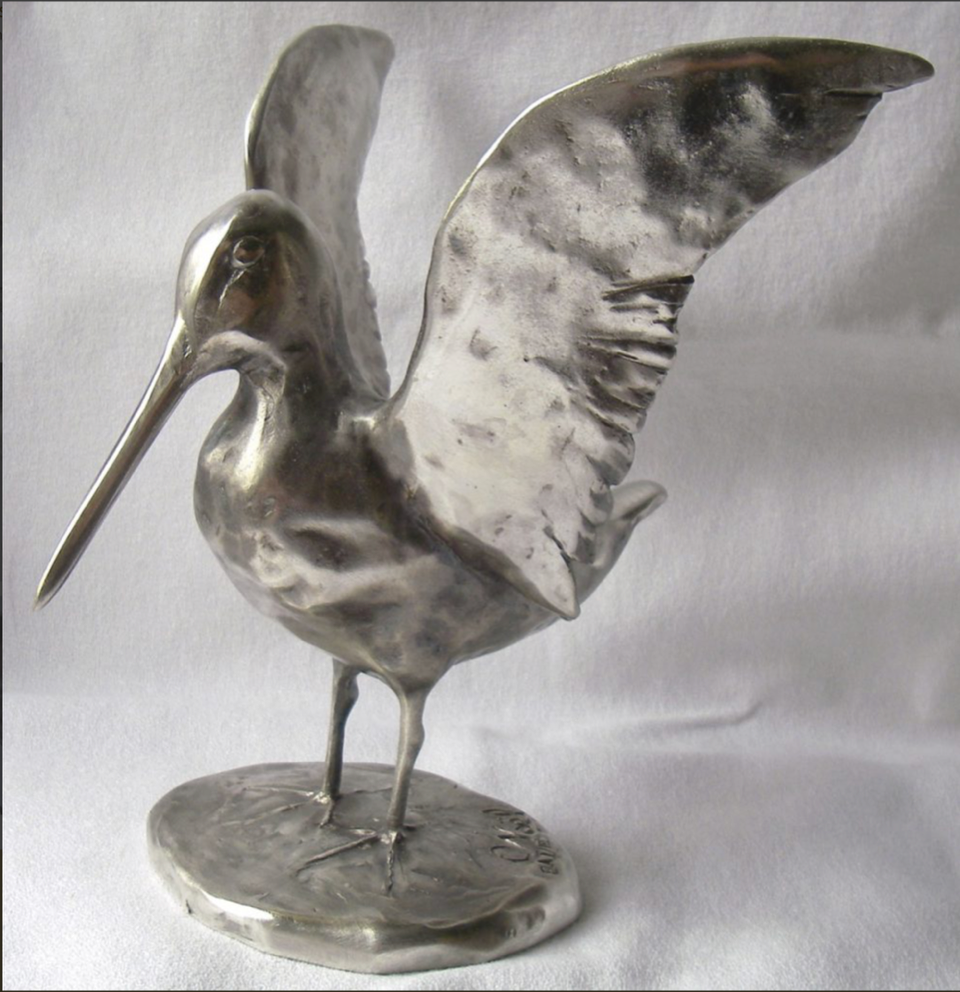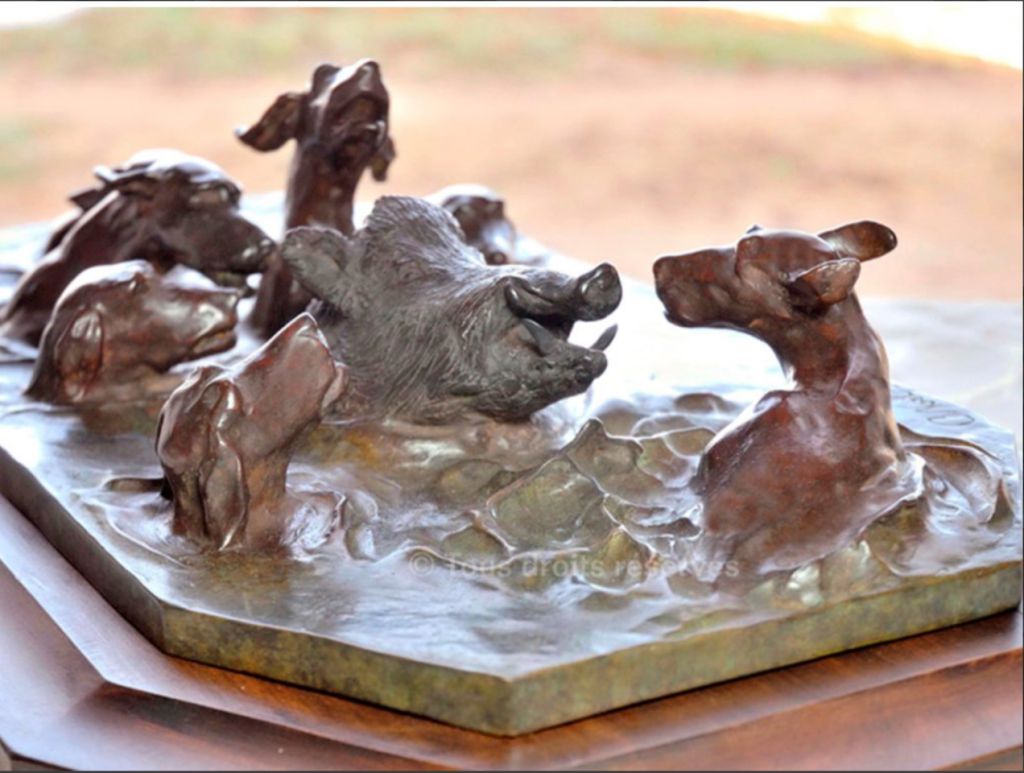
by Brooke Chilvers
In France, I am forever seeking out the remaining bits and pieces of authenticity that offer a window into its past. That combination of old stones and pleasing landscapes, with good tables serving local fare. An interesting church. Monuments to a lost generation of men worth contemplating. Splendid trees or wisteria, lilacs, old oaks, or whatever. Fields with happy cows and good-looking horses. And now, at my age, good bedding.
Oh, and art. There must be something good to look at and remember.
In the past, we’ve found this combination in the oddest of places. Like the Musée du Papier Peint, the Wallpaper Museum, in lovely Alsace. It’s fantastic, as was the civet de chevreuil at the nearby Le Coq Rouge.

We recently discovered the delightful mix of history, art, nature bathing, and fine dining over a rainy weekend in May in the three-star auberge/hotel and estate, Ar Duen – Domaine de la Hardouinais, about 250 miles west-ish of Paris and 35 miles northwest of Rennes, in the very heart of Brittany.
Ar Duen, with its 16 rooms and three different dining options, from crepes to racks of roasting meats accompanied by vegetables from its own gardens, sits at the crossroads of a quiet little town, Saint-Launeuc, on the edge of the 4,000-acre Hardouinais Domaine. Its forests, ponds, equestrian center, gardens, and kennels are also owned and overseen by the auberge’s tasteful and discreet owner. Here, mushrooms are harvested for the menu, and the green-coated veneurs, or hunters on horseback, of l’Équipage de la Hardouinais, with their packs of handsome French Tricolor Hounds, provide fresh game in season for autumn pâtés and terrines, and tasty compensation to the local farmers for their generous tolerance of wild boar, roe deer, and European red deer in their fields and pastures.

The northwestern region of France known as Bretagne, or Brittany to us, is broken down into four, more or less, equally large administrative départements, each claiming to be the “real” Bretagne. But an equally important division exists between Armor and Argoat – the Brittany of the seashore and coast versus its agricultural interior with its lonely plateaus and damp forests. Seafaring and shore gathering versus farming and ironmaking, forever in competition over their characters and cuisines.
I am deeply in love with the landscapes and bounty of both Armor and Argoat. Seaside sunsets as much as driving empty country roads through fields of boldly yellow rapeseed and spare, sparsely populated villages.

The Forêt de la Hardouinais, first named in texts in 1570, is part of an ancient forest named Castallin, which itself was a vestige of the enchanted Arthurian Fôret de Brocéliande, known to every French child raised on Merlin, Lancelot, and the Lady of the Lake. First recounted by medieval writers Chrétien de Troyes and Robert de Boron, later authors physically situated the tales in Brittany’s actual Forêt de Paimpont. Yet still, today, folks prefer the fabled names for the forest’s ponds and caves, its springs and monumental stones.
